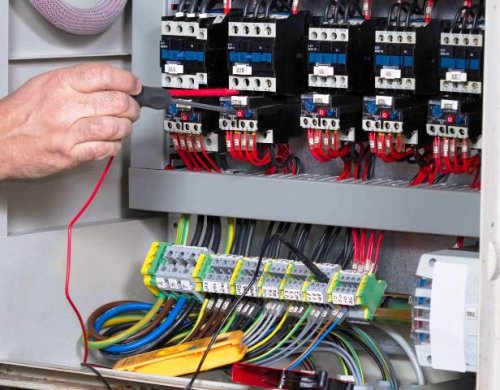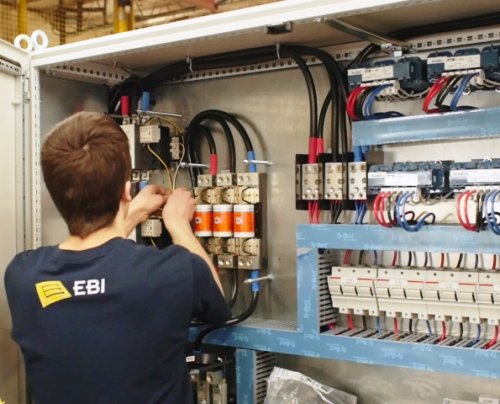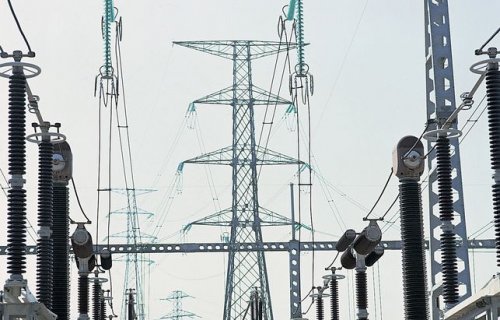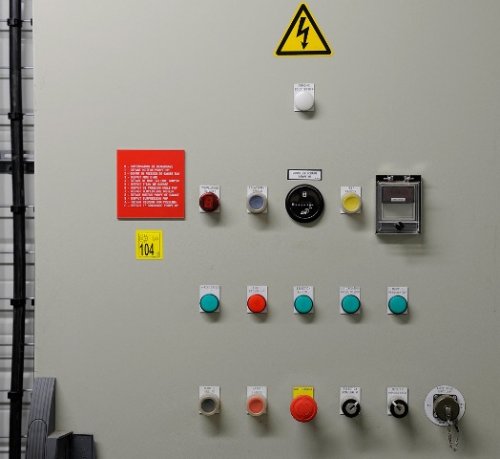Requirements for electrical appliances
Electrical apparatus is a very broad concept. It is a device designed to switch, monitor, control, protect and regulate electrical circuits and machines, as well as a device that uses electrical energy to control, protect and regulate non-electrical processes and non-electrical machines and devices.
A number of requirements are imposed on electrical devices from the work side, and the same requirements for different types of devices can be of primary and secondary importance.

Every electrical appliance works in a circuit in which there is a certain amount of voltage. The insulation of the apparatus (its live parts to the ground and to each other) must have a certain level so that there is no overlap and damage to the apparatus.
The value of the test voltage that the device must withstand is usually several times higher than the operating voltage of the network in which the device operates, since there are known voltage increases in each circuit compared to the normal operating voltage.
The level of isolation of the device is mainly determined by the operating voltage of the network in which it is intended to work, as well as by the operating conditions of the device (in which room or outside, whether the device is connected to an air network, where there may be atmospheric overvoltages, as well as to work under special conditions).
Many types of electrical appliances are exposed to action of short circuit currents, the value of which can be 15 — 50 (and more) times higher than the normal currents flowing through the device (these are primarily switching devices, current transformers, current limiting devices, to a lesser extent relays).
Overloads cause large mechanical forces in the apparatus and significantly increase the temperature of live parts. Obviously, the design of the apparatus must withstand such a regime, and from this point of view, certain requirements are also imposed on the electrical apparatus, characterized by the upper limit of the current that the apparatus must withstand, and the time during which the apparatus must painlessly pass the current of short circuit through itself.
After that, certain requirements are imposed on each electrical device in terms of speed and accuracy of action. These requirements for different types of devices are formulated slightly differently.
So, for switching equipment, these requirements are reduced to setting the on and off times, for relays, in addition to the action time, requirements are added for their operation exactly in certain circuit modes, for regulators, as well as for relays and speed and accuracy—both requirements are paramount, for measuring transformers — the accuracy of transferring the values of primary currents and voltages to a secondary target, to measuring devices, counters, relays, etc.
Thus, the following basic requirements are imposed on electrical devices:
1. The device must have a certain "thermal stability" — not to overheat beyond the permissible limits, both during normal circuit mode and during short circuit.
2. The device must have a certain "insulation level", that is, its insulation must withstand the voltage that may be present during operation.
3. An apparatus that has contacts for turning on and off the current must be able to perform this operation: turn off and on the currents that may arise during the operation of electrical equipment.
4. Automatic devices (relays, regulators, etc.) and automatically operating elements in devices (disconnecting coils in automatic machines, etc.) must come into operation precisely under those conditions of circuit operation under which they are meant to work. In addition, any electrical device has a number of special requirements arising from its purpose and design.



